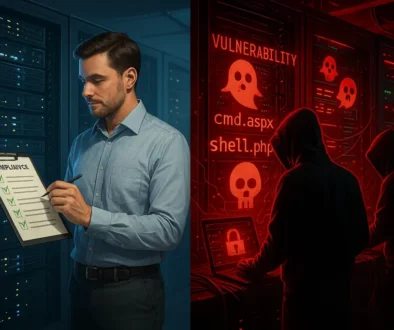Back to School Safety Tips!

With students heading back to school, it’s important to note how the safety landscape has changed over the past few years. Not only do children need to learn about bus safety, but they also need to focus on health and cyber safety as our world continues to progress and change.
This back-to-school season is a great time to talk to your children about all aspects of safety! Following the three-step approach recommended by the U.S. Government, you can set your children up for success in this coming year.
-
PREVENT
As parents you can help with prevention. The idea here is to prevent a threat and actual incident from occurring. Talking to your children about cyber and health safety starts at home.
Talk to your children (young and old) about privacy basics as well as password security basics. It’s a good idea to run down what your expectations are at home, but more importantly, why some of these expectations are set in place.
Norton provides a helpful list for parents to go through with their children, which includes the following tips:
- Never leave your device unattended
- Don’t automatically click on links, especially if you do not know the sender
- Never share your password
- Be where of social media, location sharing and strangers online
- Be a good digital citizen—nothing truly gets deleted
As a family you should also discuss healthy prevention measures to minimize the potential of getting sick. Below are a few of the strategies that are part of a layered approach to health and safety that should be part of your conversation. A full list of how to prevent getting sick can be found on CDC’s website.
- Wash your hands often
- Cover coughs and sneezes
- Monitor your health daily
The number one thing parents can do is keep the lines of communication open. Check in with your children often, listen to them, know their friends, ask about school and understand their concerns. This is the first step to preventing incident.
-
PROTECT & MITIGATE
When looking at protection and mitigation, this a great area for you to talk with your child’s school. Ask how the school is safeguarding students and staff from an incident and reducing the impact of incidents when they occur. They should have an emergency response plan similar to the FEMA sample plan.
The other conversation you should be having is on health and safety protocols. Talk with your child’s school about their strategies to ensure the health and safety of students and staff. The U.S. Department of Education provides a great overview of what to look for in their Return to School Roadmap.
Finally, you should also take time to understand your school’s anti-bullying strategies.
Bullying can threaten students’ physical and emotional safety at school and can negatively impact their ability to learn. The best way to address bullying is to stop it before it starts. The U.S. Department of Health and Human Services has an overview of what schools can do to mitigate bullying.
-
RESPOND & RECOVER
When you ask your school about their plan, ask about their response and recovery to effectively respond to an incident, restore educational programming, and meet student and staff needs in the aftermath. Responding to incidents and supporting individuals who are affected is critical to the overall mission of safety at school.
The best way to ensure everyone in the school knows the plan is to ensure there is training for staff. Training teaches staff and students what to do in emergency situations. Exercises and drills help them to put the training into practice. Training should include how to prevent and address bullying.
Additional Resources
We have only scratched the surface of all the information out there about cyber safety, bullying, school violence, and infectious disease. To dig deeper into any of these areas, the government has several great resources. Below are some links to get you started:



